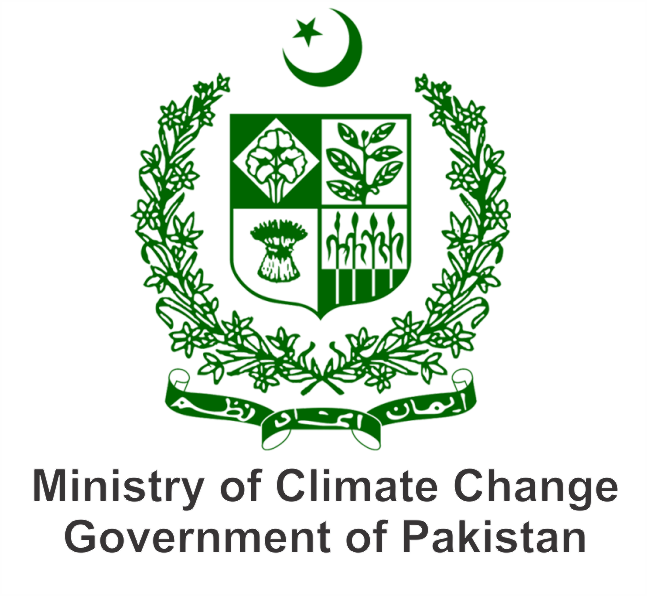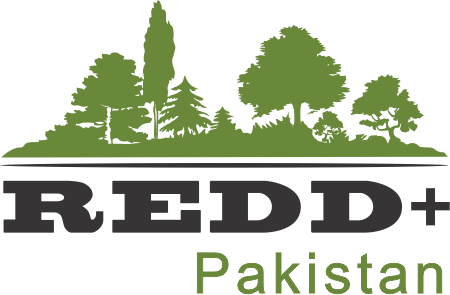What is REDD+?
REDD+ stands for “reducing emissions from deforestation and forest degradation in developing countries, and the role of conservation, sustainable management of forests and enhancement of forest carbon stocks. For more information;
https://www.unredd.net/index.php?option=com_docman&view=list&slug=fact-sheets&Itemid=134
What are the phases of REDD+?
UNFCCC defines the three phases of REDD+: Phase 1 – readiness, Phase 2 – demonstration phase and Phase 3 – result-based payments after the implementation of result-based actions.
What is REDD+ Readiness?
REDD+ readiness relates to the efforts a country is undertaking, with the support of multilateral or bilateral initiatives, to build its capacity to be ready for a REDD+
What are the four components of REDD+?
Four main activities that needs to be finalized in the REDD+ readiness phase are: (1) National REDD+ strategy or action plan, (2) National forest monitoring system, (3) National safeguard information system, and (4) Forest reference level / forest reference emission level.
What is Pakistan’s National Definition of Forests?
The national definition of forest complies with the following definition:
“A minimum area of land of 0.5 ha with a tree crown cover of more than 10 % comprising trees with the potential to reach a minimum height of 2 meters. This will also include existing irrigated plantations as well as areas that have already been defined as forests in respective legal documents and expected to meet the required thresholds as defined in the national definition for Pakistan.”
What is MRV?
MRV refers to measurement, reporting and verification of emission reductions and removals using standard methodologies
What are Forest Reference Emission Levels (FRELs) or Forest Reference Levels (FRLs)?
Forest Reference Levels (FRLs) apply only to activities for reducing emissions from deforestation and forest degradation, whereas FRLs apply also to “Plus” activities related to the conservation, sustainable management of forests and enhancement. FRELs/ FRLs are the benchmarks for assessing the performance of forest-related mitigation activities allowing countries to measure, report, and verify emission reductions and removals resulting from their mitigation efforts. Forest reference levels are expressed as tons of CO2 equivalent per year for a reference period against which the emissions and removals from a results period will be compared.
Has Pakistan submitted the forest reference level (FRL) to UNFCCC?
Pakistan submitted national FRL to UNFCCC in 2020. It covers one activity (reducing emissions from deforestation. As per the FREL, the mean annual emissions from deforestation were reaching 946653 tons of CO₂-e between 2004 and 2012 with the increasing emission trend from deforestation. The largest share of CO2 emissions originates from dry temperate (34%), riverine (27%), pine (16%) and moist temperate forests (11%), followed by scrub (9%) and thorn (3%) forests in 2004-2012.
What is Above-ground and Below-ground biomass?
All living biomass above the soil including stem, stump, branches, bark, seeds, and foliage. (FAO, 2015).
All biomass of live roots. Fine roots of less than 2 mm diameter are excluded because these often cannot be distinguished empirically from soil organic matter or litter. (FAO, 2015).
Difference between Afforestation and Reforestation
Establishment of the forest through planting and/or deliberate seeding on land that, until then, was not classified as forest whereas replanting of forests on lands that have previously contained forests but that have been converted to some other use. (UNFCCC)
What are the REDD+/Cancun Safeguards?
REDD + safeguards are also known as Cancun safeguards and aim to ensure that REDD + initiatives adequately address sensitive issues such as the rights of indigenous peoples and traditional communities, social participation, preservation of natural ecosystems, the permanence of achieved REDD+ results and the risk of displacement of the pressure from deforestation and forest degradation to other areas.
The seven Cancun safeguards state that REDD + initiatives should promote and support:
(a) That actions complement or are consistent with the objectives of national forest programmes and relevant international conventions and agreements;
(b) Transparent and effective national forest governance structures, taking into account national legislation and sovereignty;
(c) Respect for the knowledge and rights of indigenous peoples and members of local communities, by taking into account relevant international obligations, national circumstances and laws, and noting that the United Nations General Assembly has adopted the United Nations Declaration on the Rights of Indigenous Peoples;
(d) The full and effective participation of relevant stakeholders, in particular indigenous peoples and local communities;
(e) That actions are consistent with the conservation of natural forests and biological diversity, ensuring that the actions referred to in paragraph 70 of Decision 1/CP.16 are not used for the conversion of natural forests, but are instead used to incentivize the protection and conservation of natural forests and their ecosystem services, and to enhance other social and environmental benefits;
(f) Actions to address the risks of reversals;
(g) Actions to reduce displacement of emissions.


